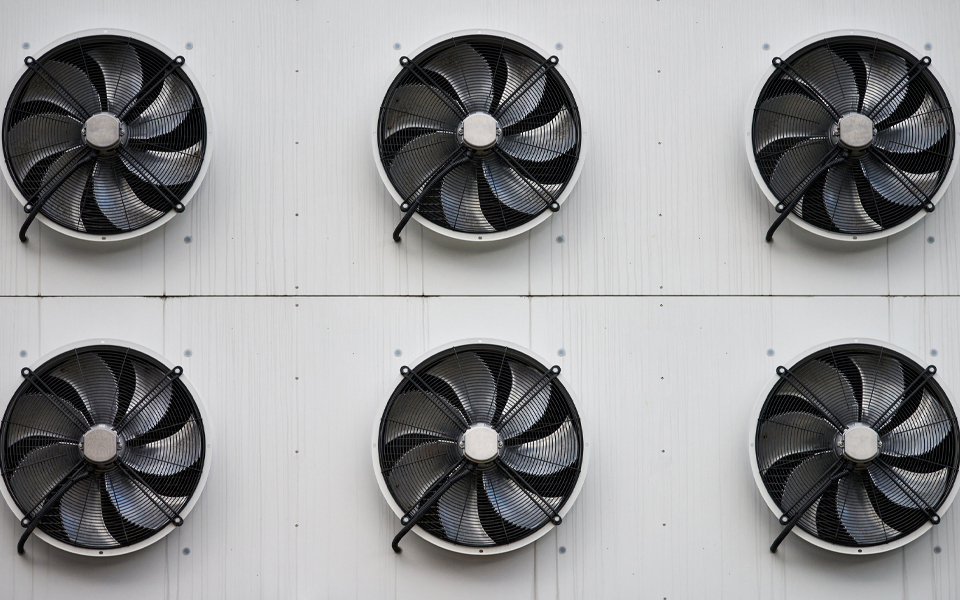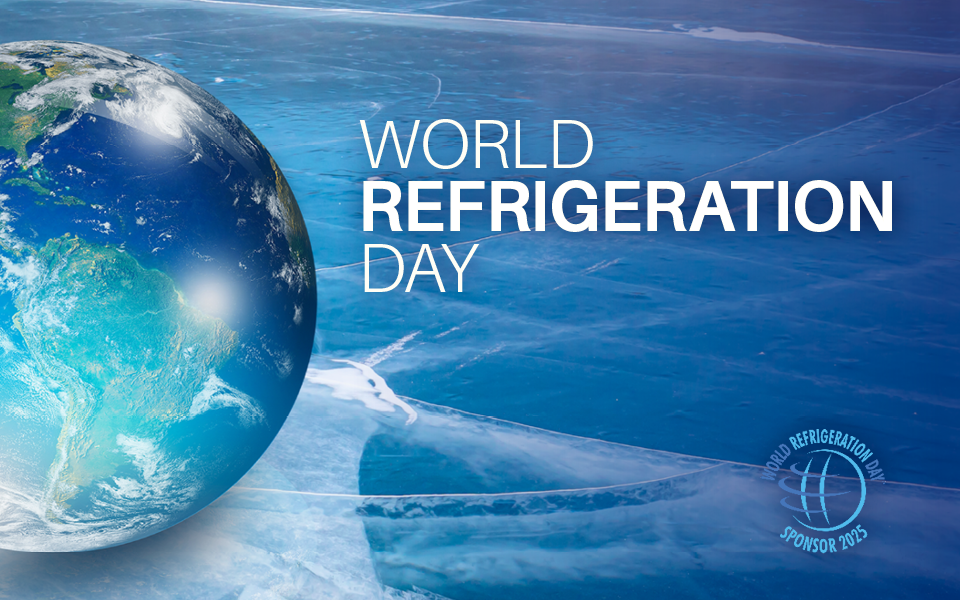*On June 1, 2023 Emerson’s Climate Technologies business became a new standalone company – Copeland. Though our name has changed, we are building on more than a century of HVACR innovation and industry leadership, and Copeland continues to offer the same products, industry stewardship, and learning opportunities you’ve grown to trust. Information found on this webpage posted before June 1, 2023 may contain our old name or branding, but you can be at ease knowing it was created with the knowledge and expertise of Copeland.
Outdoor condensing units (OCUs) have become essential for providing remote refrigeration in the walk-in coolers and freezers (WICFs) used by food retailers, foodservice operators, cold storage facilities and processing plants. As OCU technologies and end-user preferences continue to evolve, contractors need to understand many considerations when selecting an optimal OCU for their specific application and operational requirements. In a recent E360 article, we evaluated key selection criteria and explored today’s leading OCU options.

Sustainability goals, refrigerant regulations and efficiency standards
To help operators comply with environmental regulations and meet their sustainability initiatives, OCU equipment manufacturers are integrating lower-global warming potential (GWP) refrigerants. However, this doesn’t necessarily mean that contractors and end-users will need to adapt to completely new servicing and operating procedures. Many OCUs are designed to use a newer generation of lower-GWP A1 hydrofluorocarbon (HFC) refrigerants — such as R-448A and R-449A — which represent minimal changes in terms of safety protocols or servicing.
But since these lower-GWP A1 refrigerants have degrees of glide, contractors need to be aware of how the sizing and selection process may be impacted. Refrigerants with glide may have a diminishing impact upon system capacity, which might require you to select a slightly larger-horsepower OCU — and unit cooler/evaporator — to meet your refrigeration load requirements.
As safety standards and building codes evolve over the next few years, mildly flammable A2Ls will likely be added to the list of refrigerant alternatives used in OCUs. Today, Emerson is actively qualifying our OCUs for use with A2Ls and will be ready to support operators seeking even lower-GWP A2L options when they are approved.
When it comes to OCU use in WICFs, refrigerants are only part of the sustainability equation. Per the Department of Energy’s (DOE) 2020 rule, WICFs must meet 20–40 percent energy reductions on new and retrofit systems below 3,000 square feet. To calculate the energy efficiency of a complete WICF system, the DOE uses a metric created by the Air-Conditioning, Heating, and Refrigeration Institute (AHRI) called the Annual Walk-In Energy Factor (AWEF).
If you are a contractor installing a condensing unit and/or unit cooler, you must ensure this equipment meets or exceeds the minimum AWEF ratings based on capacity and application — such as medium- (MT) or low-temperature (LT); indoor or outdoor; and refrigerant type. To comply with the DOE standard, simply combine a Copeland™ AWEF-rated condensing unit with an AWEF-rated unit cooler.
Copeland outdoor refrigeration units
Copeland outdoor refrigeration units are designed to comply with regulations and provide sustainable refrigeration for a wide variety of modern operator requirements. Combining the reliable efficiency of Copeland scroll compressor technology with variable speed fans, large condenser coils and smart electronic controls, Copeland X-Line Series outdoor refrigeration units provide whisper-quiet performance in compact enclosures, delivering maximum installation flexibility.
Copeland outdoor refrigeration unit, X-Line Series — available in a horsepower range from ¾ to 6 HP, the X-Line is designed for LT and MT applications, such as WICFs and display cases commonly found in convenience stores (c-stores), restaurants, supermarkets and cold storage facilities. It delivers best-in-class energy efficiencies, a slim profile, ultra-low sound levels, superior diagnostics and built-in compressor protection. Offering AWEF-rated efficiencies and lower-GWP (R-448A and R-449A) refrigerant options, the X-Line supports reliable refrigeration while solving many of today’s operational challenges.
Copeland digital outdoor refrigeration unit, X-Line Series — The digital X-Line Series builds upon the field-proven Copeland scroll and X-Line OCU platforms to deliver superior cooling and energy efficiency in MT applications. Providing variable-speed fan motor control, the digital X-Line Series enables variable-capacity modulation to deliver more precise, reliable refrigeration, longer-lasting equipment and lower energy bills. Available in 3, 4, 5 and 6 HP models, the digital X-Line Series also supports multiplex refrigeration architectures — where one OCU provides cooling for multiple fixtures — to meet a variety of modern refrigeration challenges:
- Reducing the number of refrigeration fixtures and/or refrigeration loads
- Precisely sizing refrigeration units and loads to an application
- Eliminating compressor cycling, which negatively affects system performance and equipment longevity
- Improving food quality and extending shelf life via tighter temperature control
- Removing constraints that prevent the installation of multiple fixed-capacity OCUs
Calculate the capacity of your OCU
At Emerson, we are committed to helping contractors calculate refrigeration loads and select OCUs to meet a diverse range of LT and MT refrigeration requirements. By selecting the correct OCUs for your customers’ WICF applications, you can ensure reliable, efficient system performance throughout their lifecycles. To simplify this process, Emerson has created a free online Box Load Calculator tool to assist manufacturers and operators to select, purchase and identify the appropriate equipment for their application. Simply navigate to the Equipment Selection tab, enter your application parameters and estimated refrigeration load, and review your optimal equipment options as you evaluate your specific refrigeration requirements.


Celebrating World Refrigeration Day 2025
Electrical component considerations for A2L system safety Heating, ventilation, air conditioning...
A2L Refrigeration Overview — Systems, Safety and Servicing Considerations
*On June 1, 2023 Emerson’s Climate Technologies business became a new standalone company –...
Servicing the Next Generation of Lower-GWP Refrigerants
*On June 1, 2023 Emerson’s Climate Technologies business became a new standalone company –...
